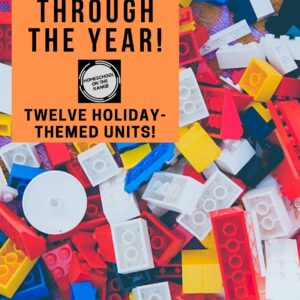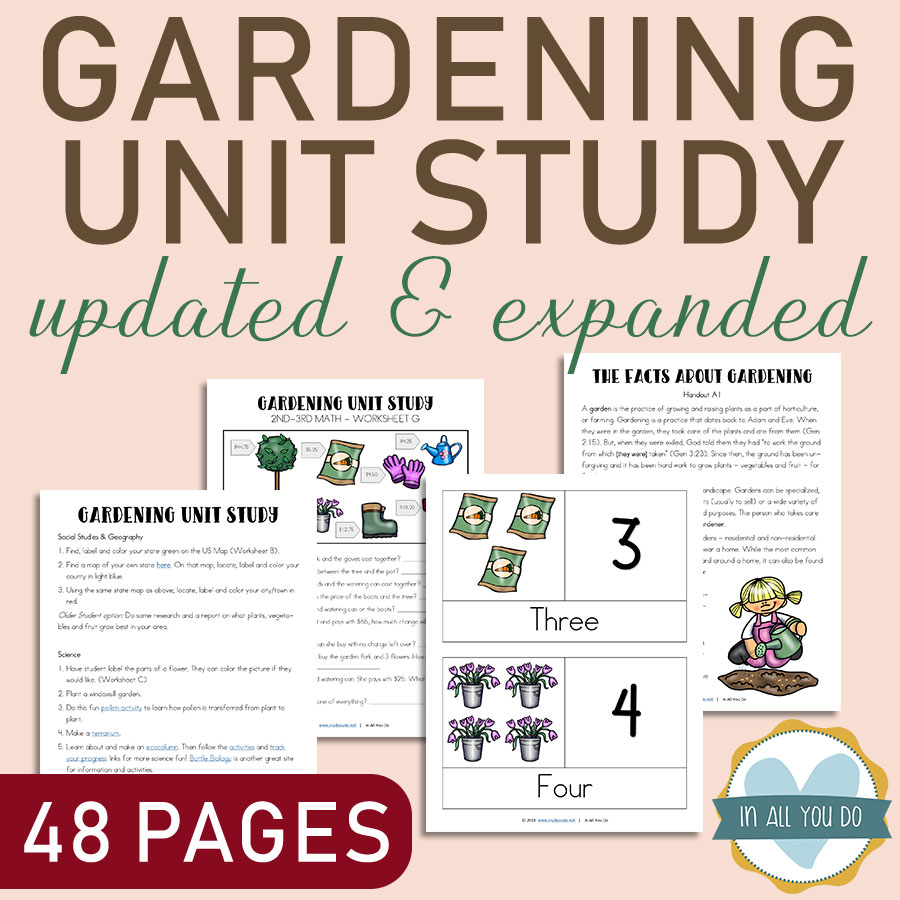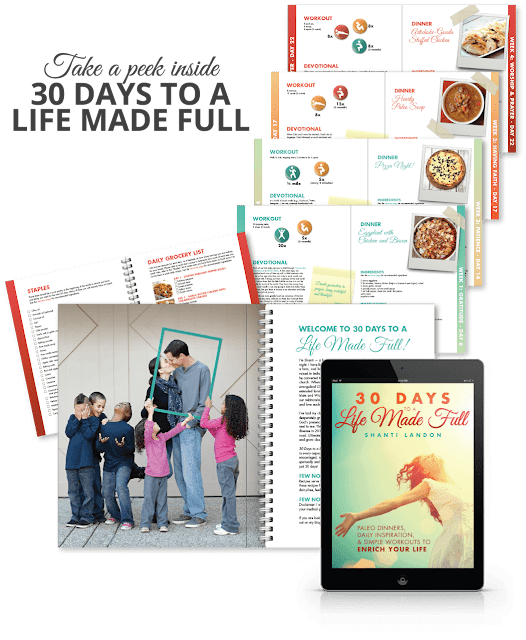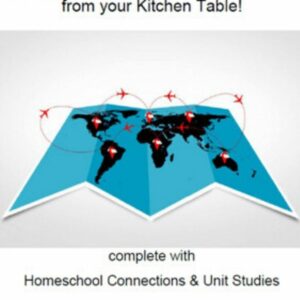Three Out-of-the-Ordinary Homeschool Goals for Your Child with Special Educational Needs
Today’s post comes from Sharon Czerwien, who loves homeschooling her two children, one with Sensory Processing Disorder. Sharon is the author of the children’s book, “Bumps Are Okay for KIDS and Other Biblical Lessons Learned from Monster Trucks!” She blogs at www.bumpsareokay.com.
Does the following conversation sound familiar to you:
-Child: “I hate school! I don’t want to do school today!”
-Parent: “Well, at least you don’t have to be in school for 7 hours every day. You should be glad that I let you have so many breaks and give you the opportunity to bring your favorite things to the school area…”
I have had these conversations with one of my children (on several occasions!), and I have not always said the above part in the most patient of ways. I am a work in progress.
One of my children has Sensory Processing Disorder. School can be hard, frustrating, angering, and discouraging for this elementary-aged child.
The Understood Team writes that Sensory Processing problems involve:
“…Trouble managing information that comes in through the senses. These issues, sometimes called sensory processing disorder or sensory integration disorder, can have a big impact on learning and on everyday life.” [1]
No matter if your child struggles with this sensory need or with any special need that directly affects all-things life and school, I hope you can find encouragement from the Understood Team. Online, this team makes it their mission to guide those who think and learn in ways other than “the norm.”
Encouragement for Special Need Families
If you have a child who has special educational needs, please take hold of the following:
YOU are the best person to help guide your child through his or her different adversities. Whether in educational hurdles or life challenges, you know your child best. You are your child’s greatest cheerleader and support system. YOU are just what your child needs!
Home Educational Goals for Special Need Families
When it comes to homeschooling goals for special needs families, here are some “goal traps” that may creep up unexpectedly. By “goal traps” I mean homeschool goals that may accidentally be given too high of a priority for a child with special needs.
- That your child stays at grade-level in each subject
- That your child goes through the same amount of material each year as your other child
- That your child needs to learn basic math facts or phonics principles in the “correct year”
- That you as the parent must cover everything on your child’s daily school checklist
Hopefully, removing these “goal traps” will open you up for these “out-of-the-ordinary” homeschool goals.
*Here are three “out-of-the-ordinary” homeschool goals to think through:
- For your child to not hate learning—as much as possible!
I know—you have the right to say, “Wait! At the beginning, you said that your child hates school. Why is your own homeschooling goal not being met?”
My child would honestly tell you how much he hates school. That is why I included the phrase, “as much as possible.”
Hard school will be hard for your child. Your child’s special needs will be hard, and understandably, you cannot remove all hardships from your child. However, throwing out the above “goal traps” will immensely help your child not to hate school more than necessary.
It is okay if your child is not on “reading level” or cannot start learning multiplication facts during the same year as other age peers. You know your child best, and a slower pace may be necessary AND be just what your child needs to have personal educational success in your child’s right educational timing.
In my case, I need to not overly push my sensory child beyond what my kiddo is capable of in that moment, resulting in needlessly causing my child to hate school even more. I must give priority to my child’s sensory needs before any educational goals can be met.
- For your child to learn to persevere!
I view it as more important that your child have experience and practice in what true perseverance looks like than to learn division rules in the “right” year.
Your precious kiddo has more opportunities to stretch in this area of perseverance than many other children. Look for any (even small!) examples of your child having a persevering attitude and highlight these in a special way.
You can keep track of perseverance moments in a special-to-you way and review these with your child often. Encourage your child that he or she is doing great at doing hard things!
Perseverance examples do not have to only happen in school. Your child may show perseverance in a big way outside of school time. These can be highlighted, too! (In the picture, you can see how we document perseverance moments through our “perseverance notebook” filled with example pictures.) [Insert Picture]
- For your child to learn to self-regulate!
Having your child be the top speller is not nearly as important as he or she learning to deal properly with frustrations.
I like the book, The Most Magnificent Thing by Ashley Spires. The main character in the story learns about the importance of breaks when her anger gets too strong. With this book as a springboard, you and your child could work through ideas to help when your child feels the anger boiling inside.
The Takeaway
Home education is a beautiful way to work with your special needs child at the right pace, to take the right breaks, and to reach more than just the traditional school goals.
I cheer you on! There is nothing more exciting than seeing your special child succeed. Plus, “success” may look different but be just as extraordinary!
.jpg)



.jpg)



.jpg)











.jpg)










.jpg)

